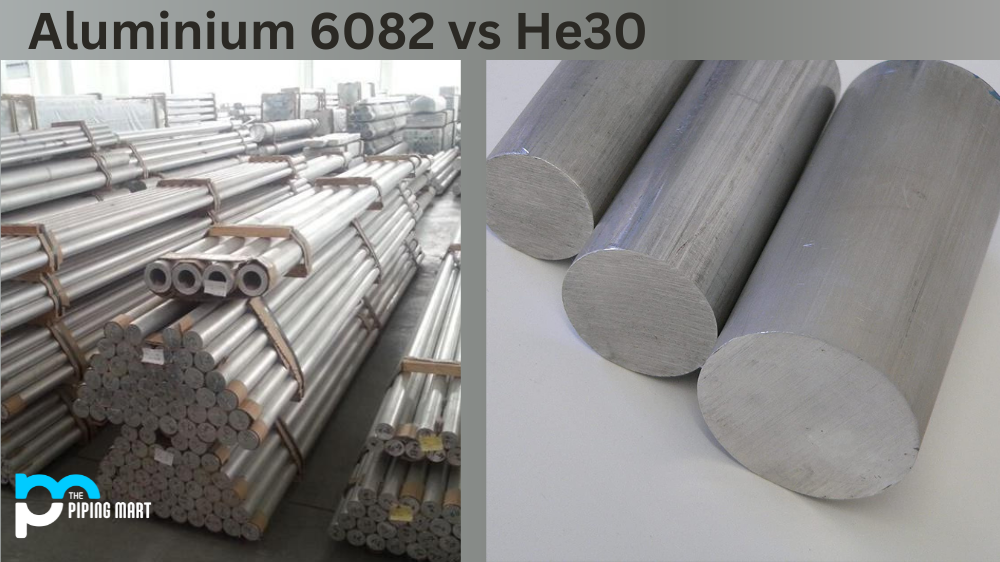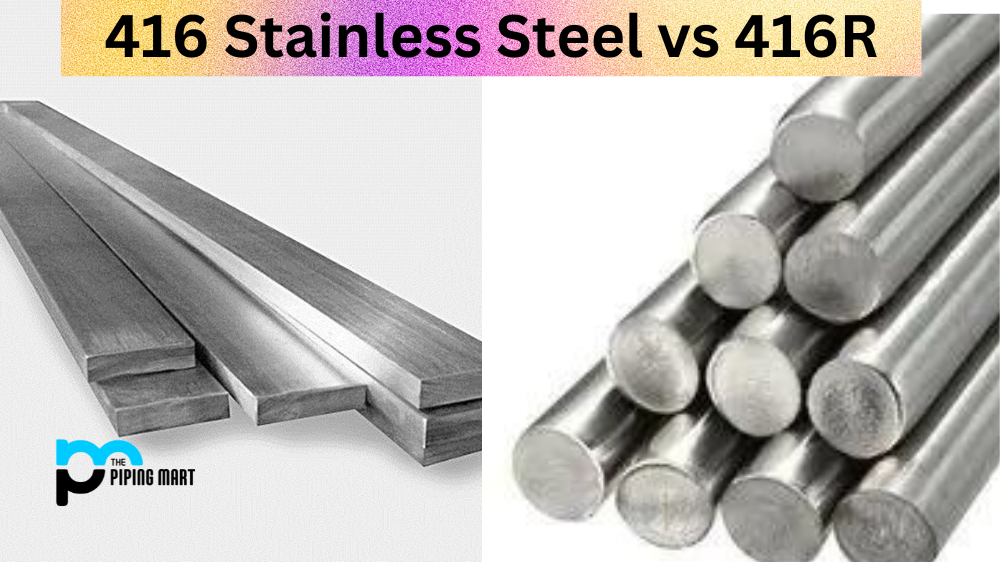Aluminium alloys are widely used in various industries due to their excellent strength-to-weight ratio, corrosion resistance, and versatility. Two of the most commonly used aluminium alloys are Aluminum 6082 and He30. They both belong to the 6000 series of aluminium alloys and have similar chemical compositions. However, they differ in terms of their physical and mechanical properties, which makes each alloy ideal for specific applications. This blog post will explore the differences between Aluminum 6082 and He30 and their applications in various industries.
What is Aluminum 6082?
Aluminum 6082 is an alloy made up of aluminium, magnesium and silicon. It is a heat-treatable alloy that can be welded and annealed easily. Aluminium 6082 also has good corrosion resistance and strength.
What is HE30?
HE30 is an alloy made up of aluminium, magnesium and manganese. It is a heat-treatable alloy that can be welded and annealed easily. HE30 also has good corrosion resistance and strength.
Difference Between Aluminium 6082 and HE30
Chemical Composition
Aluminium 6082 and He30 have almost identical chemical compositions. Both alloys contain magnesium and silicon as the primary alloying elements, along with small amounts of iron, copper, manganese, chromium, and zinc. However, Aluminium 6082 contains slightly higher magnesium and silicon content (0.6-1.2% and 0.7-1.3%, respectively) than He30 (0.5-1.0% and 0.6-1.0%, respectively).
Mechanical Properties
Aluminum 6082 has higher tensile strength, yield strength, and hardness than He30. The tensile strength of Aluminium 6082 is around 310 MPa, while that of He30 is about 255 MPa. Similarly, the yield strength of Aluminum 6082 is approximately 260 MPa, whereas that of He30 is around 120 MPa. In terms of hardness, Aluminum 6082 has a Brinell hardness of 90, while He30 has a Brinell hardness of 75. These mechanical properties make Aluminium 6082 ideal for higher strength and durability applications.
Physical Properties
Aluminium 6082 and He30 differ in terms of their density and thermal conductivity. Aluminium 6082 has a 2.71 g/cm³ density, while He30 has a 2.78 g/cm³ density. This difference in density makes He30 slightly heavier than Aluminum 6082. However, He30 has higher thermal conductivity (202 W/mK) than Aluminium 6082 (167-201 W/mK). This property makes He30 ideal for applications that require high thermal dissipation, such as heat sinks, cooling fins, and radiators.
Applications
Aluminium 6082 and He30 are widely used in various aerospace, automotive, marine, and construction applications. However, their specific properties make each alloy ideal for particular applications. Aluminium 6082 is commonly used in high-stress applications like structural components, pressure vessels, and bridges. On the other hand, He30 is preferred for its excellent thermal conductivity and is used in heat sinks, electric elements, cooling fins, and radiators.
Cost
The cost of Aluminum 6082 and He30 varies depending on the supplier, the quantity, the shape, and the quality of the aluminium. Generally, Aluminum 6082 is slightly more expensive than He30 due to its higher strength and durability. However, the costs may vary significantly depending on the specific grades, sizes, and quantities required for a particular application.
Conclusion
In conclusion, Aluminium 6082 and He30 are high-quality aluminium alloys with excellent mechanical and physical properties. While they have similar chemical compositions, they differ in strength, density, thermal conductivity, and cost. Therefore, it is essential to consider the specific requirements of each application before choosing between Aluminium 6082 and He30. Whether you need high strength, durability, or thermal conductivity, an aluminium alloy will always meet your requirements.

A passionate metal industry expert and blogger. With over 5 years of experience in the field, Palak brings a wealth of knowledge and insight to her writing. Whether discussing the latest trends in the metal industry or sharing tips, she is dedicated to helping others succeed in the metal industry.




